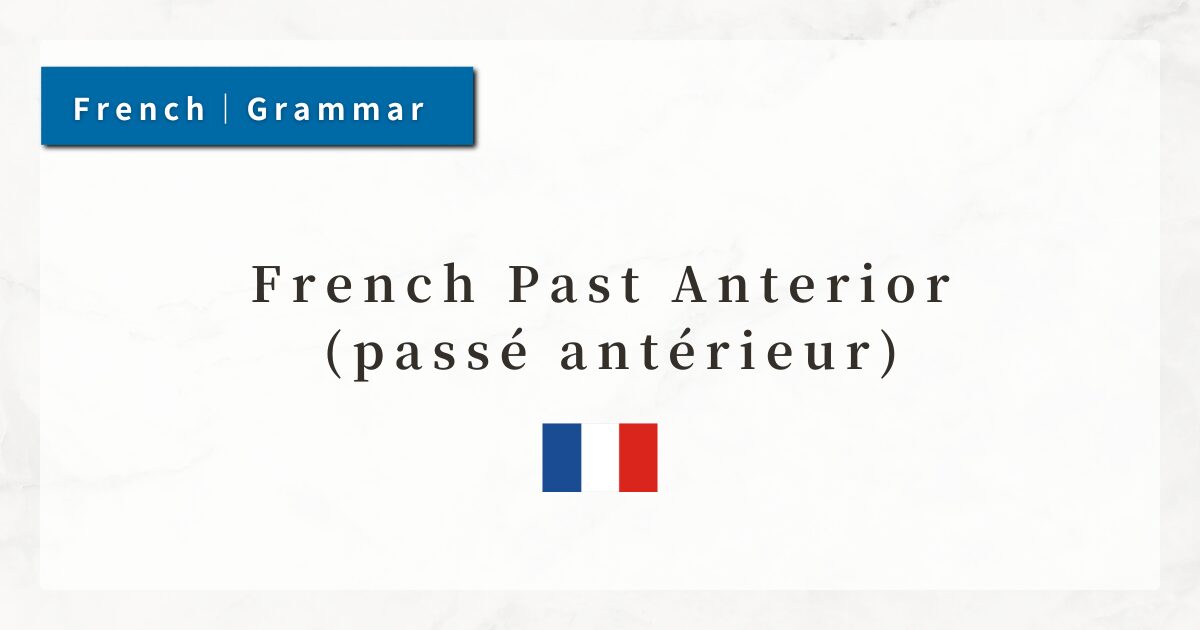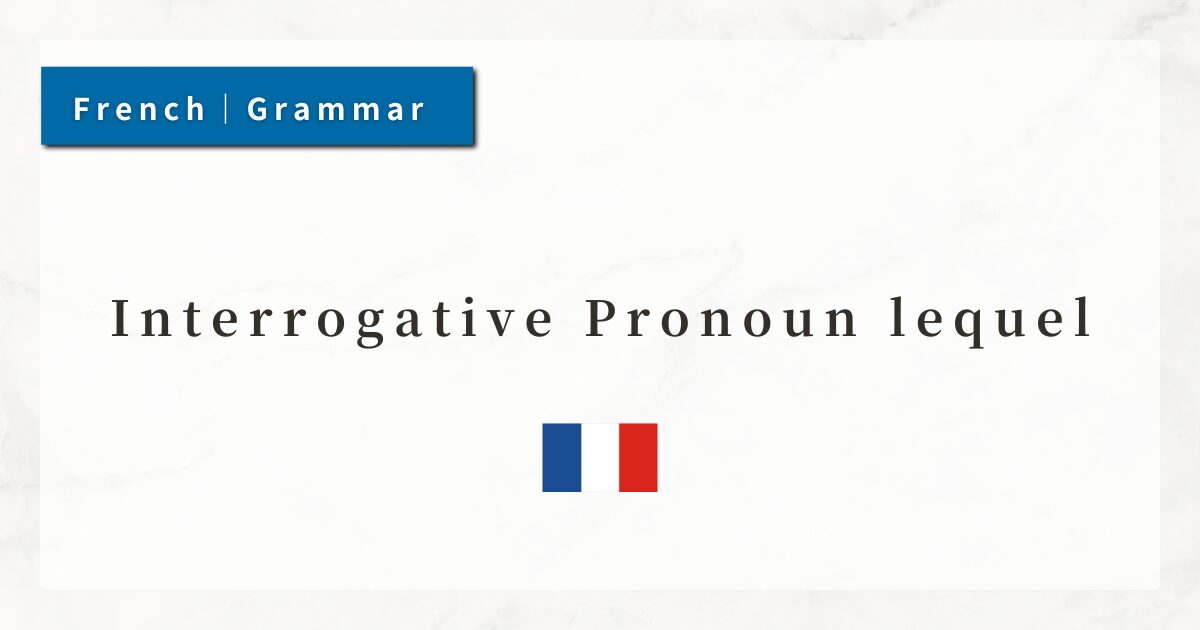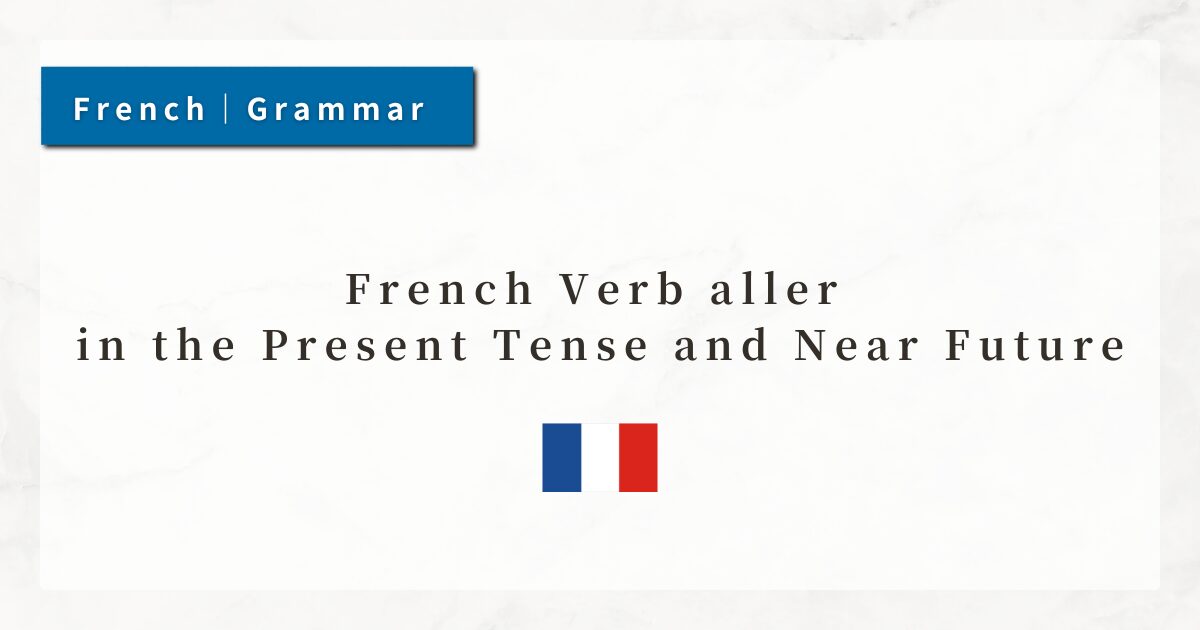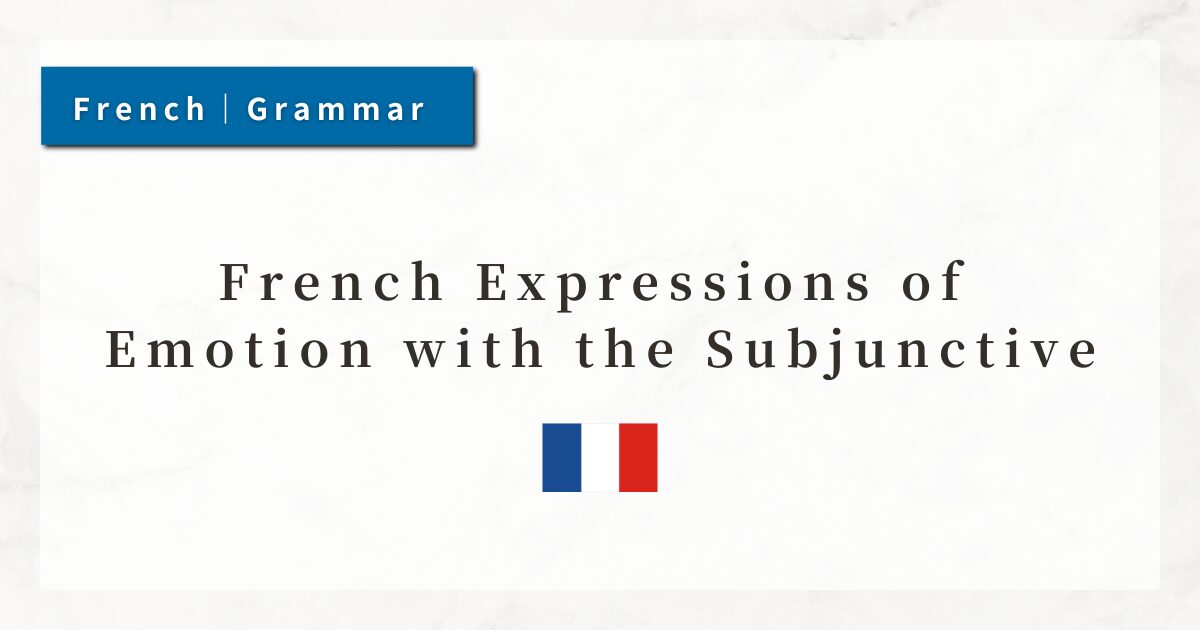#31 How to Use the French Pronoun y | Meaning and Example Sentences

The French pronoun y is frequently used and carries meanings such as “there” or “to it.” It is a very useful element in both conversation and writing, especially for avoiding repetition and keeping expressions concise.
At the same time, y can be tricky to use correctly. It is therefore important to understand its basic functions and usage clearly.
In this lesson, I will explain the role of the neutral pronoun y, when to use it, and what points require particular attention.
1. The Basics of the Neutral Pronoun y
The pronoun y is commonly used in French to refer to a place or to replace expressions such as “à + noun.”
Its closest equivalents in English would be “there” or “to it.” By using y, you can avoid repeating information already mentioned.
There are two main patterns in which y is used:
1-1. y Referring to a Place
When a noun referring to a place follows prepositions such as à, chez, dans, sur, en, it can be replaced with y.
- Je vais à Paris. → J’y vais.
→ à Paris (“to Paris”) is replaced by y : “I am going there.” - Tu restes chez ton ami ? → Oui, j’y reste.
→ chez ton ami (“at your friend’s house”) is replaced by y: “Yes, I am staying there.”
Using y in this way avoids unnecessary repetition and creates smoother sentences.
1-2. y Referring to à + Noun (Thing)
When a verb is followed by à + noun (thing), that phrase can be replaced by y.
- Elle pense à son avenir.
(She is thinking about her future.)
→ Elle y pense.
(She is thinking about it.)
The important point here is that the object must be “a thing,” not “a person.”
If the object is a person, y cannot be used. Instead, use the indirect object pronouns lui (to him/her) or leur (to them).
- ✕ Je parle à Marie. → Je y parle.
→ incorrect, since Marie is a person.) - ✔︎ Je parle à Marie. → Je lui parle.
→ correct
2. y Refers to Places and Things
The most common use of y is to refer back to a previously mentioned place. For example, if Paris has already been mentioned in a conversation:
- Tu vas à Paris cet été ?
(Are you going to Paris this summer?)
→ Oui, j’y vais en août.
(Yes, I am going there in August.)
In this case, à Paris is replaced by y.
It is not only à that introduces places: prepositions such as chez, dans, sur also allow replacement with y.
- Il est dans la salle.
→ Il y est.
(He is in the room.) - Je reste chez mes parents.
→ J’y reste.
(I am staying at my parents’ house.)
Thus, when pointing back to a location, y expresses “there,” “to there,” or “at that place.”
3. y Replacing à + Thing
Another important usage of y is when replacing “à + thing.” Many French verbs take “à + noun” as their complement.
Examples include:
- penser à
→ to think about - répondre à
→ to answer - s’intéresser à
→ to be interested in - s’habituer à
→ to get used to - réfléchir à
→ to reflect on
When the complement is a thing or concept, it can be replaced with y.
- Elle pense à son avenir.
(She is thinking about her future.)
→ Elle y pense.
(She is thinking about it.)
When the object is a person, use lui / leur, not y. So, the rule is: use lui/leur for “à + person”, and use y for “à + thing”.
4. The Position of y
In French, pronouns (such as y, le, lui) are normally placed directly before the verb.
- Je vais à Paris.
→ J’y vais. - Elle pense à son travail.
→ Elle y pense.
When using compound tenses (auxiliary + past participle), y comes before the auxiliary verb.
- Tu es allé au marché ?
(Did you go to the market?)
→ Oui, j’y suis allé.
(Yes, I went there.)
In the imperative, however, the position changes: y is placed after the verb.
- Va à l’école !
→ Vas-y !
(Go to school!)
Thus, the placement of y depends on the structure of the sentence.
5. Summary
- The pronoun y is used to refer to places and to “à + thing,” with meanings such as “there” or “to it.”
- When the object is a person, use lui / leur instead of y.
- y is usually placed before the verb; in compound tenses, it precedes the auxiliary.
- In the imperative, y is placed after the verb.
- y is extremely useful for avoiding repetition and making sentences more concise.




